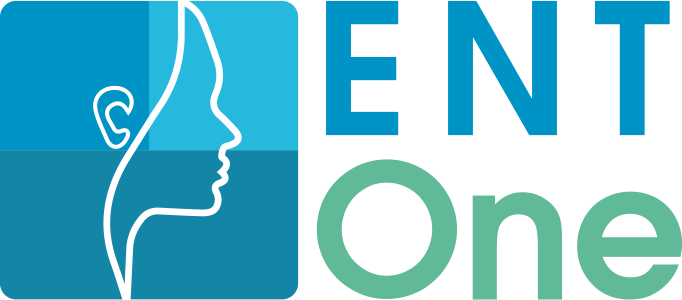The most common problems we treat involving the nose include nasal obstruction, nasal drainage, and nosebleeds. Nasal obstruction can be due to a deviated septum (estimated to affect up to 80 percent of people), enlarged turbinates, and weak cartilage that causes internal nasal valve collapse. Over-the-counter and prescription medications can often treat swelling due to infections or allergies. Surgery is sometimes required to correct anatomic issues that contribute to the obstruction. Septoplasty surgery corrects a deviated septum on an outpatient basis, done through the nostrils without external bruising or nasal packing. Enlarged turbinates can be treated with radio frequency energy to shrink their size while maintaining their function of cleansing and humidifying air. This is an office-based procedure known as inferior turbinate reduction. Another condition known as Nasal Airway Obstruction (NAO) may be relieved with https://vivaer.com/. Lastly, weak cartilage in the nasal sidewall may collapse inward when a patient inhales. Sometimes, this can be treated by inserting an absorbable nasal implant inside the nasal sidewall with little risk of changes in appearance. Learn more about latera implants here: https://latera.com.
Nasal drainage can often be caused by allergies. This usually responds to allergy medications and sometimes requires evaluation and treatment by an allergist. If medications are ineffective, an office procedure called cryotherapy is a minimally invasive office treatment where cold temperature disrupts signals from nasal nerves to stop runny, stuffy nose symptoms. A treatment known as RhinAer can be effective. Learn more at https://rhinaer.com/
Nosebleeds (known as epistaxis) affect 60 percent of people in their lifetime. They are especially common in Colorado’s high desert, dry climate. Nasal moisture can help significantly. For some people, office-based cautery, in which the blood vessel is sealed with silver nitrate, can be very effective and also painless. Learn more about saline sprays and gels to help manage dryness at https://rhinase.com/




